What Are the Common Causes of Yellowing Teeth?
One of the most common aesthetic concerns that people have regarding their dental health is yellowing teeth. This condition can significantly affect self-esteem and confidence. In fact, studies show that nearly 18% of people hide their teeth in photos due to discoloration. But what causes teeth to lose their natural luster? In this article, we will explore the multiple factors that contribute to tooth discoloration and share insights on maintaining a healthier, brighter smile, specifically focused on common lifestyle habits and natural aging processes that are prevalent among individuals in the United States.
1. Dietary Habits and Tooth Discoloration
Dietary habits play a significant role in the discoloration of teeth. Substances like coffee, tea, red wine, and certain berries contain chromogens, which are strong pigments that can bond to the enamel—the outer layer of the teeth. When consumed frequently, these can cause significant staining. Additionally, acidic foods and beverages like citrus fruits and soda can erode enamel, making teeth even more susceptible to staining substances.
A study conducted by the American Dental Association (ADA) revealed that individuals who regularly consumed dark-colored beverages were 70% more likely to exhibit yellowing of the teeth. This statistic emphasizes the importance of managing one's intake of staining foods and drinks.
2. The Role of Tobacco Use
Tobacco use is another predominant cause of yellowing teeth. Both smoking and chewing tobacco can cause teeth to turn yellow because nicotine and tar are notorious for leaving deep-set stains. According to the Centers for Disease Control and Prevention (CDC), smoking also reduces the enamel's resilience, making it more susceptible to staining from other sources.
Quitting smoking not only improves overall health but also significantly reduces the risk of yellowing teeth. In fact, dental professionals often observe noticeable improvement in tooth coloration after individuals quit tobacco use.
3. Aging and Its Impact on Tooth Color
As we age, it is natural for our teeth to become more yellow. This process occurs because of the wearing down of the enamel, which reveals more of the yellowish dentin beneath. However, while aging is inevitable, proactive dental care can slow down this process.
Good oral hygiene practices, such as regular brushing with fluoride toothpaste and flossing, can help manage the effects of aging on tooth color. Regular dental check-ups and professional cleanings can also play a critical role in maintaining the brightness of teeth over time.
4. Genetic Factors and Dental Discoloration
Genetics can also influence the natural shade of your teeth, as well as the thickness of your enamel, which can affect how yellow your teeth appear. Thinner enamel allows more of the underlying dentin to show, potentially making teeth appear yellower. Thus, some individuals may naturally have teeth that are more prone to yellowing.
Understanding your genetic predisposition can help you choose more effective teeth whitening strategies and manage expectations regarding achievable results.
5. Poor Oral Hygiene Practices
Neglecting proper oral hygiene can lead to the buildup of plaque and tartar, which can cause teeth to appear yellow. Brushing and flossing are essential practices to remove bacteria and food particles that can cause discoloration. Dental experts recommend brushing at least twice a day and incorporating an antibacterial mouthwash to enhance oral hygiene.
Professional cleanings can also remove hardened tartar and stains that cannot be eliminated with regular brushing, contributing to a whiter smile.
In summary, yellowing teeth can result from a combination of lifestyle habits, genetic factors, and aging. Identifying the primary causes of discoloration can help you take proactive steps towards maintaining a whiter smile. It is crucial to remain vigilant about dietary and lifestyle choices, practice excellent oral hygiene, and schedule regular dental visits.
For those looking to improve the appearance of their teeth, consider professional teeth whitening options available through Dentistry Toothtruth, where experts can provide personalized solutions based on your specific needs.

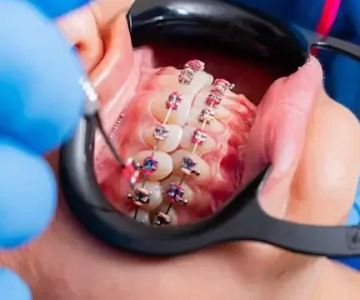
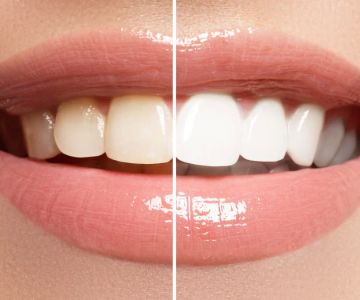
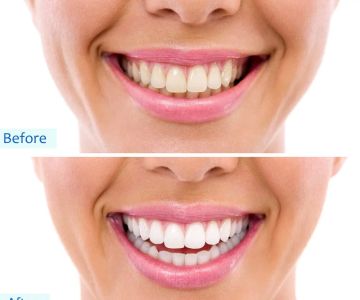
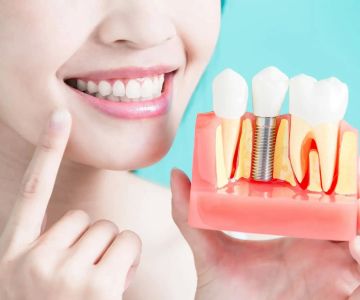
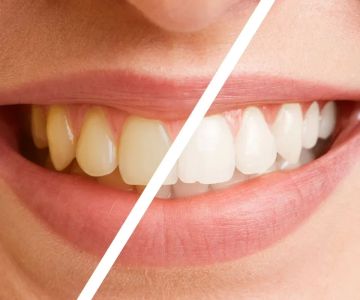
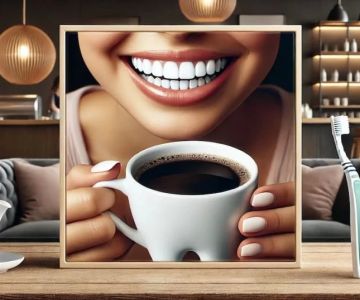
 Westgate Dental Arts
Westgate Dental Arts Coventry Family Dental
Coventry Family Dental Familia Dental
Familia Dental Dr. Daniel S. Fife, DDS
Dr. Daniel S. Fife, DDS Dentistry At Suburban Square: Michael I. Wollock, DMD
Dentistry At Suburban Square: Michael I. Wollock, DMD Comfort Care Dental
Comfort Care Dental The Importance of Oral Health Education During Pregnancy for a Healthy Pregnancy
The Importance of Oral Health Education During Pregnancy for a Healthy Pregnancy Why Skipping Dental Checkups Can Lead to Bigger Oral Health Problems
Why Skipping Dental Checkups Can Lead to Bigger Oral Health Problems Advantages of Porcelain Dental Restorations
Advantages of Porcelain Dental Restorations Best Tips for Brushing Your Teeth Properly for Healthy Gums: Essential Techniques for Oral Health
Best Tips for Brushing Your Teeth Properly for Healthy Gums: Essential Techniques for Oral Health How Can Diabetes Cause Tooth and Gum Problems? Preventing and Managing Oral Health Issues
How Can Diabetes Cause Tooth and Gum Problems? Preventing and Managing Oral Health Issues Healthy Habits for Promoting Good Oral Health and Hygiene: Tips for a Healthy Smile
Healthy Habits for Promoting Good Oral Health and Hygiene: Tips for a Healthy Smile